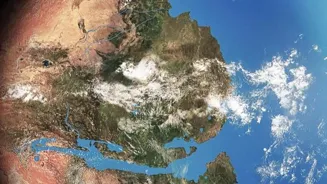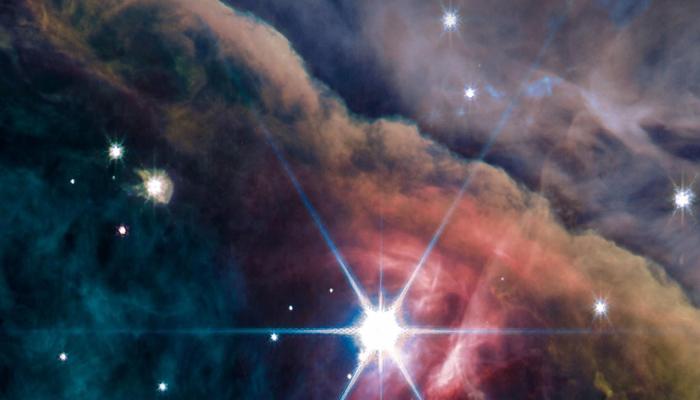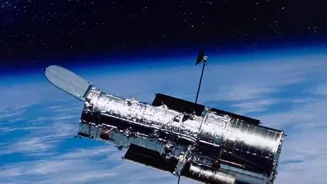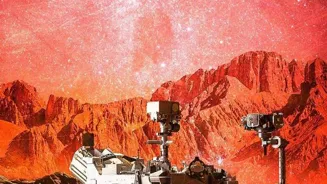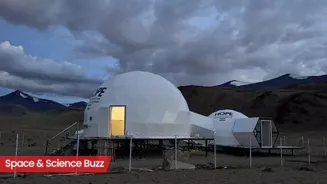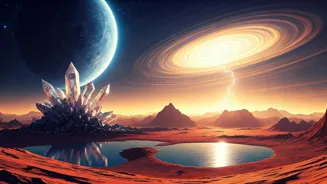Unveiling 10 Astonishing Solar System Facts! Hold tight as we explore the mysteries beyond Earth. Let's embark on this cosmic journey together! Read on to discover the wonders that will leave you in awe
Namaste, readers! Buckle up your seatbelts, because today we're taking a trip, not just anywhere, but across the vast expanse of our very own solar system.
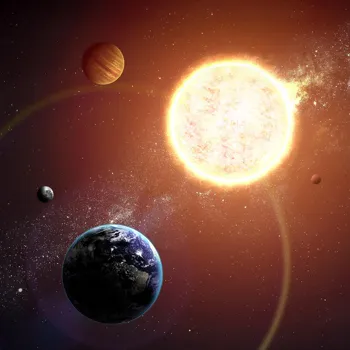
We all think we know a thing or two – planets going around the sun, maybe some about the 'gas giants' – but trust us, there's a whole universe of amazing things waiting to be discovered.
So, grab your chai, put on your thinking caps, and let's dive into 10 facts that might just make you say, "Arre wah!"
Venus
Our Sister Planet with a Fiery Temper: We often hear Venus being called Earth's sister planet because they are similar in size and density. But don’t let that fool you! Venus is definitely the black sheep of the family.
Its atmosphere is primarily carbon dioxide, creating a runaway greenhouse effect. This means the surface temperature can reach a scorching 475 degrees Celsius (almost 900 degrees Fahrenheit)!
Imagine trying to even make a cup of tea there –the water would instantly turn into steam before you even blinked! Plus, it rains sulfuric acid. Whew! Not exactly a vacation spot, eh? Now this is surely one place that only ISRO can make a difference through their mission!!
Jupiter
The Protector with a Swirling Storm: Jupiter, the king of planets, is more than just a big ball of gas. It acts like a cosmic bodyguard for Earth! Its massive gravity sucks in or deflects many asteroids and comets that might otherwise come hurtling our way.

Think of it as a giant planetary bouncer, keeping the riff-raff away from our cozy little corner of the solar system. Oh, and speaking of big, Jupiter's famous Great Red Spot is a storm that has been raging for at least 350 years! It's so big that you could fit two or three Earths inside it.
Imagine the damage to the planet, if somehow that colossal and incessant storm ever happened on our earth!!!
Saturn's Rings
More Than Just Pretty Decorations: We all know Saturn for its stunning rings, but did you know they're not solid? They're made up of billions of pieces of ice, rock, and dust, ranging in size from tiny grains to chunks as big as houses.
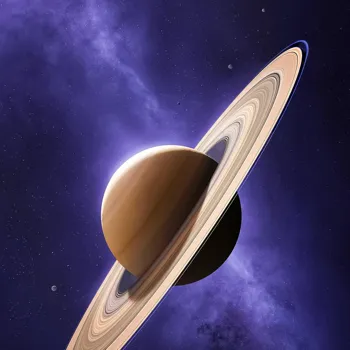
These particles are constantly colliding and interacting, creating a dazzling display. Scientists believe the rings might be the remnants of shattered moons or other celestial bodies. But here's the real kicker: Saturn's rings are relatively young, maybe only a few hundred million years old.
In cosmic terms, that's like yesterday! Imagine the day that the ring of saturn were discovered !!
Uranus
The Tilted Planet on Its Side: Uranus is unique because it rotates on its side. Imagine spinning a pizza on a table – that's how most planets rotate. Now, imagine rolling the pizza like a ball – that's Uranus! Scientists believe a massive collision early in its history knocked it onto its side.

This also means that its poles experience extremely long periods of sunlight and darkness, each lasting for about 42 Earth years! Can you imagine a continuous sunlight for 42 years, oh my God it is something very difficult for us to imagine.
And it would mean the plant life is very different along with the animals (should it have any!)
Neptune
The Windy Giant with Supersonic Winds: Neptune is the farthest planet from the Sun, and it's a truly icy world. But don't let the cold fool you – Neptune is also home to some of the fastest winds in the solar system, reaching speeds of over 2,000 kilometers per hour!
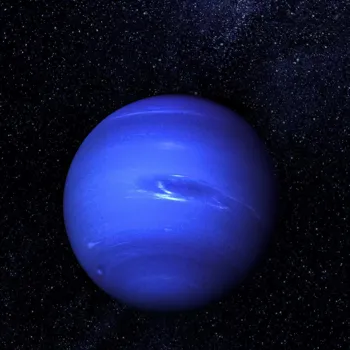
That's faster than the speed of sound! These winds are driven by Neptune's internal heat, which is still a mystery to scientists. Imagine a wind so strong it could knock you off your feet even if you were wearing a spacesuit!
Also since this planet is far away there isn't much that is known about it as missions to such far corner is much more difficult and costly.
Pluto
Still Interesting, Even as a Dwarf Planet: Okay, okay, Pluto is no longer a planet, but that doesn't make it any less interesting! It's a dwarf planet in the Kuiper Belt, a region beyond Neptune filled with icy objects.
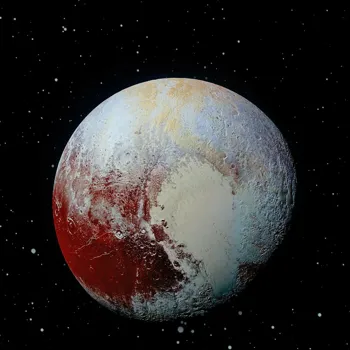
Pluto has five moons, including Charon, which is so big that it's considered a binary system – two objects orbiting each other. Pluto also has a surprisingly active geology, with mountains, glaciers, and a nitrogen ice plain called Sputnik Planitia.
And even though it's tiny, Pluto has captured our imaginations for decades. Do not forget to keep Pluto in topics to read up whenever the chance prevails!!
The Asteroid Belt
A Missed Opportunity for a Planet: Between Mars and Jupiter lies the asteroid belt, a region filled with millions of asteroids of all shapes and sizes. Some scientists believe that the asteroid belt might have been a planet if Jupiter's gravity hadn't interfered.
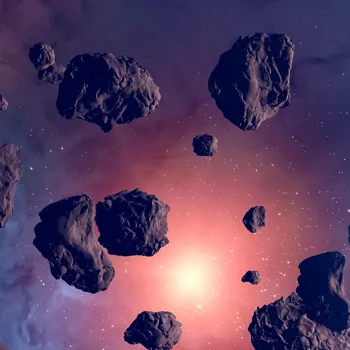
Jupiter's strong gravitational pull prevented the asteroids from coalescing into a single, larger body. So, instead of a planet, we have a collection of rocky leftovers. Imagine what the solar system would have been if the asteroid belt formed a planet!!
Comets
Dirty Snowballs from the Outer Reaches: Comets are often called "dirty snowballs" because they're made up of ice, dust, and gas. They come from the outer reaches of the solar system, like the Kuiper Belt and the Oort Cloud.
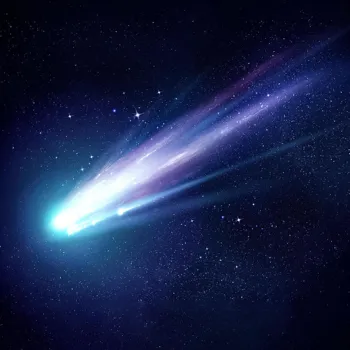
When a comet gets close to the Sun, the ice melts and creates a tail of gas and dust that can stretch for millions of kilometers! These tails are always pointing away from the Sun due to the solar wind. Imagine an ice-cream which has dust instead of nuts, seems funny right!
The Oort Cloud
The Solar System's Outer Shell: Speaking of the Oort Cloud, it's a theoretical sphere of icy objects that surrounds the solar system, extending far beyond the orbit of Pluto. It's believed to be the source of long-period comets, which take hundreds or even thousands of years to orbit the Sun.
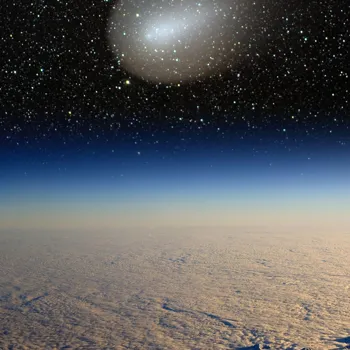
The Oort Cloud is so far away that it's still largely a mystery to scientists, but it's thought to contain trillions of icy objects. It is as far away from us as about 2000 times the distance between Sun and Pluto.
Our Sun
A Star That's Middle-Aged: Last but not least, let's talk about our Sun. It's a star, a giant ball of hot gas that provides light and heat for our entire solar system. But did you know that our Sun is middle-aged? It's about 4.
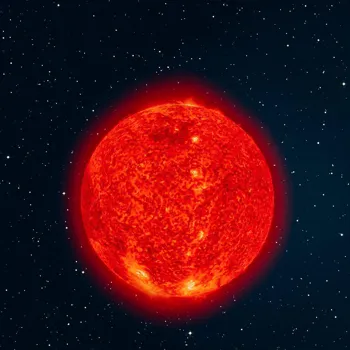
6 billion years old, and it's expected to continue shining for another 5 billion years. Eventually, it will run out of fuel and expand into a red giant, engulfing Mercury, Venus, and possibly Earth! So, enjoy the sunshine while it lasts!
Scientists are working on fusion which if successful can yield a sun on earth, for sustainable electrical energy for years to come!!
10 surprising facts about our solar system
So there you have it – 10 surprising facts about our solar system that might just have blown your mind! The universe is a vast and wondrous place, and there's always something new to discover. Keep looking up, keep questioning, and keep exploring!
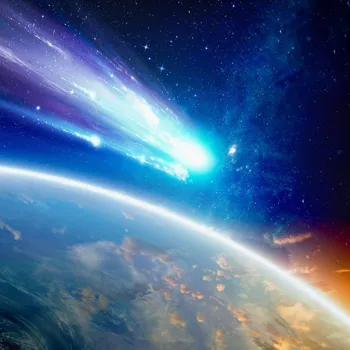
And who knows, maybe one day you'll make your own amazing discovery!
AI Generated Content. Glance/InMobi shall have no liability for the content
